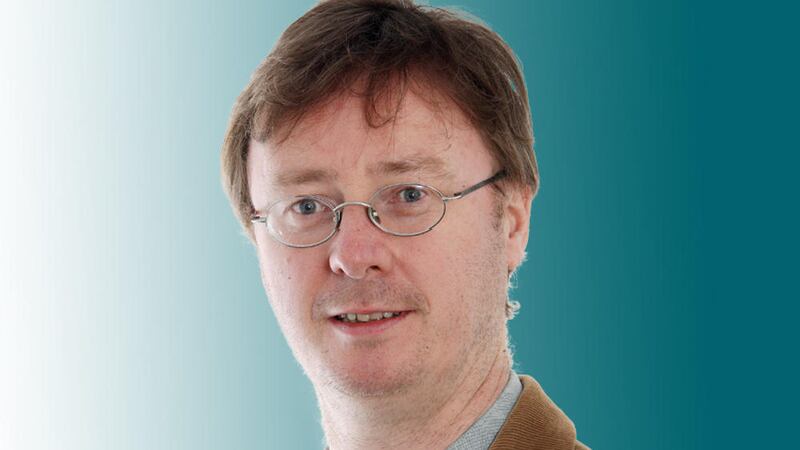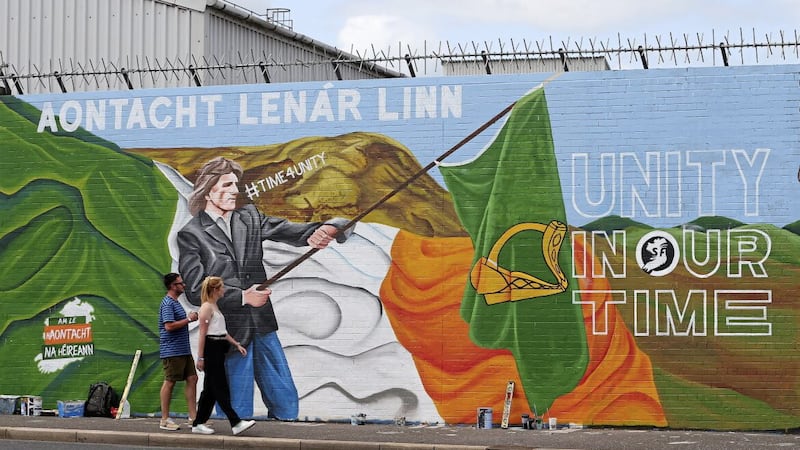People with different mindsets will use different words to describe the experience of turning a bend and seeing the ruins of Machu Picchu spread out before them.
Set on a plateau on a mountain top in the Peruvian Andes, the `lost city' is testament to man's ability to make his mark on the most inaccessible parts of the world.
The slopes on all sides plunge away at impossibly steep angles into the lush green jungle below only to rise again into other mountains and hills that surround Machu Picchu.
The ruined Incan site and the trek that many undertake to get there inspire awe in almost everyone who visits.
A spiritual experience is a term often heard, even from those who would not normally describe themselves as religious.
Those who trek to Machu Picchu come via the Inca Trail which can be joined at various points depending on how long you want to trek for.
The route is followed by tens of thousands of backpackers every year over mountains, into cloud forests, alongside river torrents and past ruined temples.
While the religious beliefs of the Incas have little relevance to many of those who undertake the trek, it has taken on all the aspects of a modern-day pilgrimage in a secular age.
The Camino de Santiago which starts in France and meanders through the mountainous north of Spain has been used by pilgrims since the 9th century.
The Camino follows a well-defined trail with hostels, guesthouses, hotels and restaurants along the way catering for the `pilgrims' who journey to the Galician capital Santiago de Compostela.
Christian tradition has it that the Apostle St James is buried there and it has been attracting devotees since the Middle Ages.
But, like the Inca Trail to Machu Picchu or other pilgrimage routes throughout the world, it is the journey itself which seems to tug at some primal instinct in the human psyche.
It is not so much the physical journey itself but the internal psychological journey that accompanies it, the travelling from one state of mind at the start of the journey to another by its end.
An atheist or agnostic can undertake a secular pilgrimage along the Camino or to Machu Picchu and see it as a `spiritual' experience, purely in the sense that they have travelled both physically and psychologically from one place to another.
Ireland could exploit that need in humans to undertake a contemporary pilgrimage by developing its own Camino.
St Patrick could be a theme, although there would have to be a decent splash of secularism and a bit of Celtic new ageiness in there to ensure maximum appeal.
So let's start our journey on the shores of Strangford Lough in Co Down where St Patrick is reported to have first arrived as a missionary in 432, it would take in the sites around Downpatrick, including his grave at Down Cathedral.
From there we could veer south passing over the Mourne Mountains, for no other reason than they are truly spectacular and provide well-defined trekking routes.
Onwards along the shores of Carlingford Lough and through south Armagh, over Slieve Gullion where, according to legend, Finn McCool encountered enchantress the Hag of Beare.
Then to Enniskillen where Oscar Wilde and Samuel Beckett-themed festivals are held. This could help bring in the lucrative pink pound for devotees of gay hero Wilde and those seeking a bit of existentialist angst in the works of Beckett.
From there on down to Sligo for a journey into the Celtic Twilight with its rich associations with WB Yeats. Here pilgrims, we would be progressing along the Wild Atlantic Way, which has been a hugely successful tourism initiative and gaining international attention.
Along the coast of Sligo and into Mayo, past Belmullet and onto Achill Island and then to Westport and up the precarious slopes of Croagh Patrick, where Patrick is said to have fasted for 40 days and nights but which is also believed to have been used for religious rites for at least 5,000 years.
Now weary pilgrims, if we survived the downward descent over the ever-shifting loose shale without breaking a leg we could progress back into Westport to end our unique spiritual journey in truly Irish style for a well-deserved pint of stout in Matt Molloy's pub.
I have copyright on that proposal in case anyone in the Tourist Board starts getting ideas.
t.bailie@irishnews.com
:: Anita Robinson is away.








